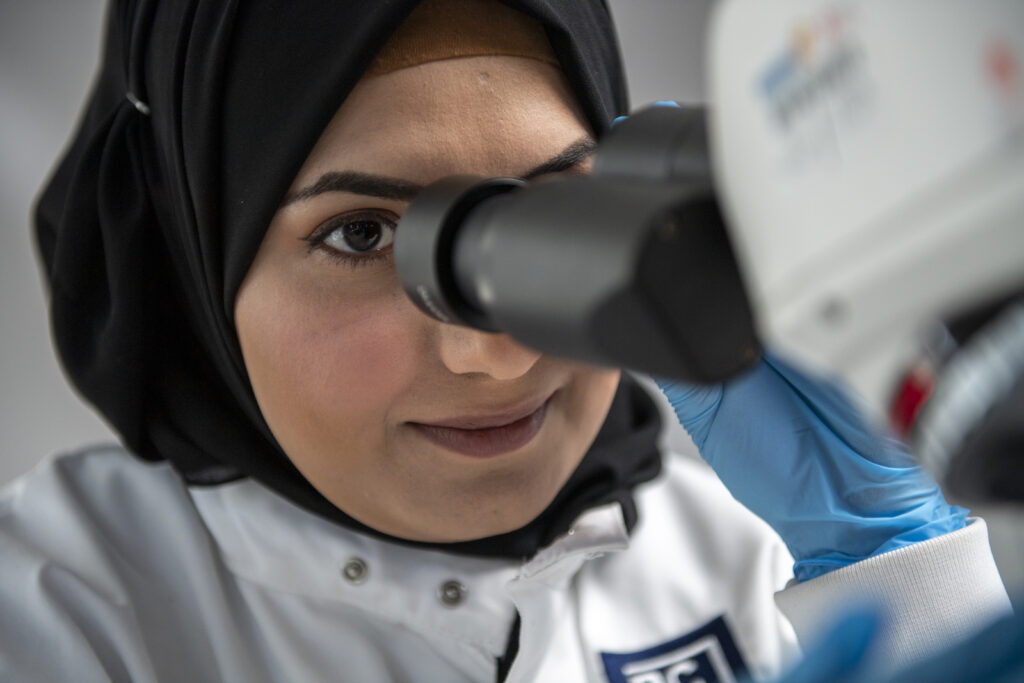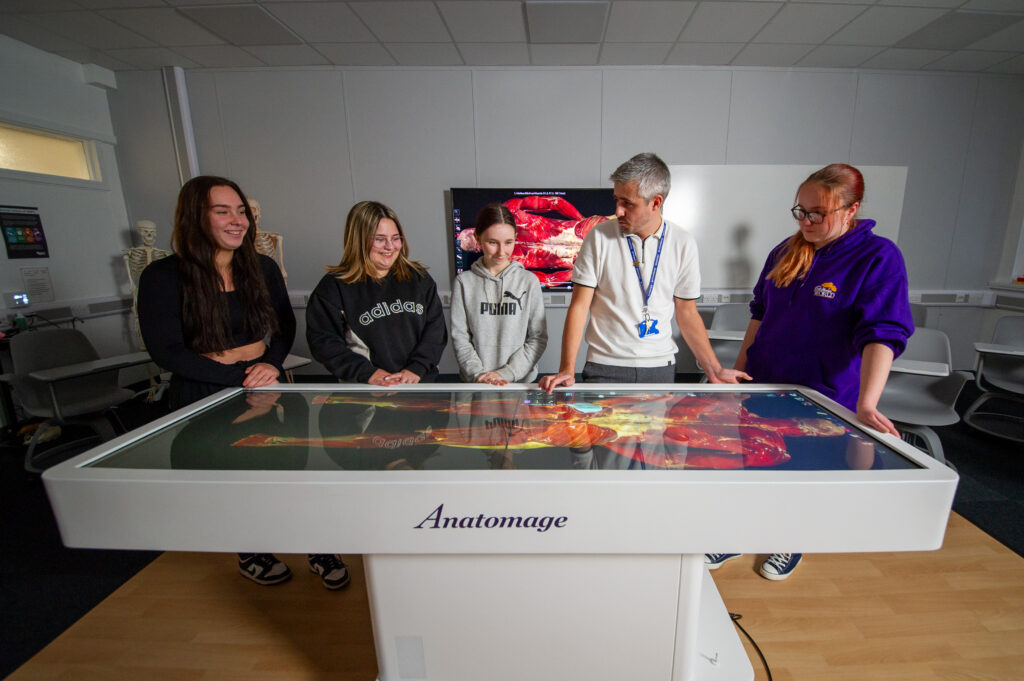Shaping perceptions of STEM careers as early as age seven is crucial for increasing female representation in science, technology, engineering, and mathematics (STEM). It’s not just about encouraging girls to pursue STEM; it’s about creating an ecosystem where they can thrive.
At a recent conference, the East Midlands Institute of Technology hosted an inspiring session based on Women in STEM – Addressing Gender Inequality, offering invaluable insights into how we can drive change.
This session featured Dr Ghazal Vahidi and Donna Otchere from SiStem UK, a platform dedicated to connecting women in STEM, and highlighted issues that are just as relevant in Lancashire and Cumbria as they are in other regions across the UK, where women continue to be underrepresented in engineering, technology and senior STEM roles.

Women continue to be underrepresented in STEM roles

The Lancashire and Cumbria IoT is addressing the barriers by encouraging women into STEM careers
Understanding the challenges and the barriers women in STEM face
Dr Vahidi, Senior Lecturer in Careers and Employability at the University of Derby, outlined the structural barriers that prevent women from reaching their full potential in STEM.
She explained that these obstacles are not about ability or ambition, but systemic issues embedded in education and employment, such as:
Dr Vahidi also highlighted the importance of early intervention. Career attitudes form as early as ages seven to nine, meaning schools, colleges, employers, and parents in Lancashire and Cumbria have a crucial role in shaping girls’ perceptions of STEM opportunities.

The power of role models
Donna Otchere, a PhD student at Loughborough University, shared her own journey as a black British woman in engineering, a story that could resonate for girls and young women in our region.
Stereotypes, isolation, and limited visibility of role models are challenges we see locally in Lancashire and Cumbria, particularly in rural areas and traditionally male-dominated industries.
Donna co-founded SiStem UK to address these issues by building supportive networks, showcasing diverse role models, and highlighting pathways into STEM careers.
Her message is clear: showcasing diverse role models, building supportive networks, and connecting young women with employers can change the trajectory for young women looking to start a career in STEM.
How Lancashire and Cumbria can lead the way
By embracing these lessons, Lancashire and Cumbria can take proactive steps toward reducing the gender gap in STEM across our region, and empower the next generation of women leaders in science, technology, and engineering. Here’s how we can make a real impact:
By learning from these insights, Lancashire and Cumbria can take meaningful steps toward gender equity in STEM, ensuring that young women here have the same opportunities to succeed as anywhere else in the UK.
Schools, businesses and community groups keen to inspire young women in STEM are encouraged to connect with the Lancashire and Cumbria IoT.
Together, we can create a future where gender equity in STEM is not just a goal but a reality.
For more information, or to get involved email employer@landciot.ac.uk